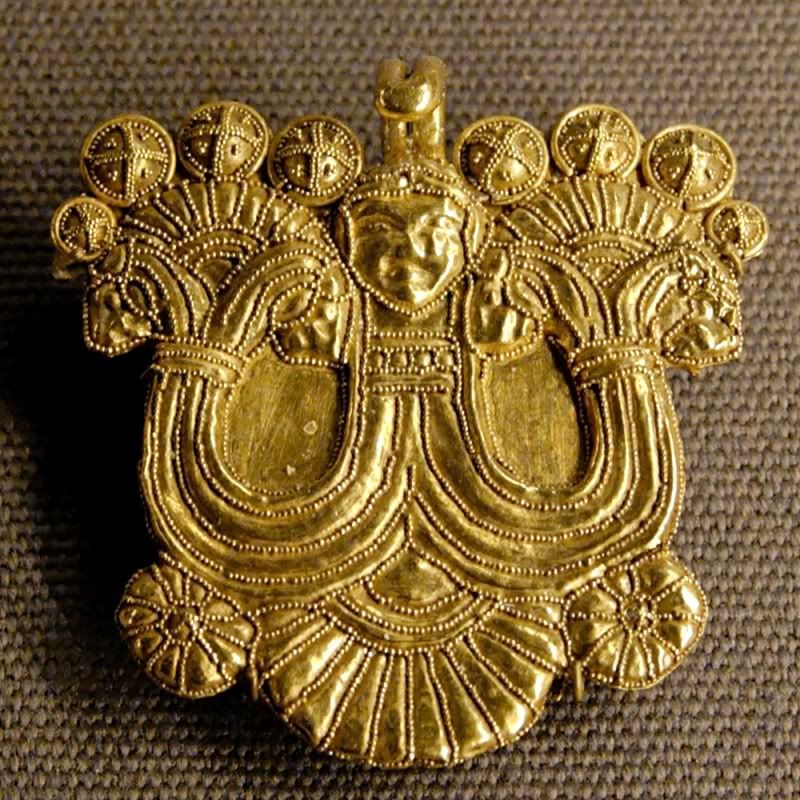
Etruscan. Louvre. Gold pin with a Mistress of the Animals (potnia theron). Gold with granulation, ca. 630 BC. Jatrow, 2008.
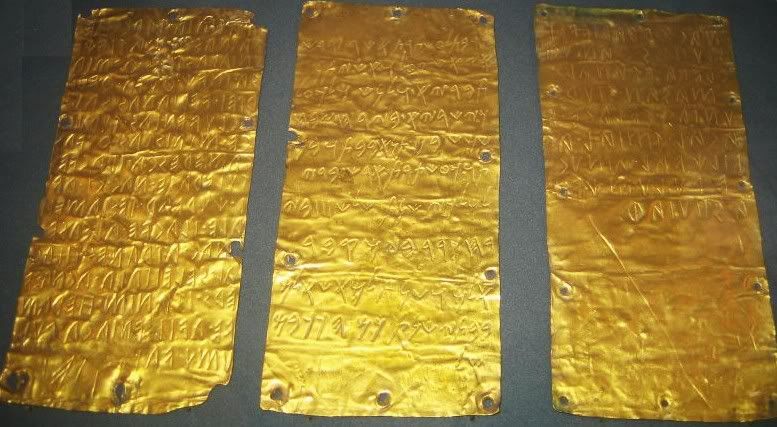
"The Pyrgi tablets" are laminated sheets of gold both in Etruscan and Phoenician languages. They are exhibited at the Etruscan Museum in Rome – “Museo di Villa Giulia” Read more here: Etruscan–Phoenician Alphabet
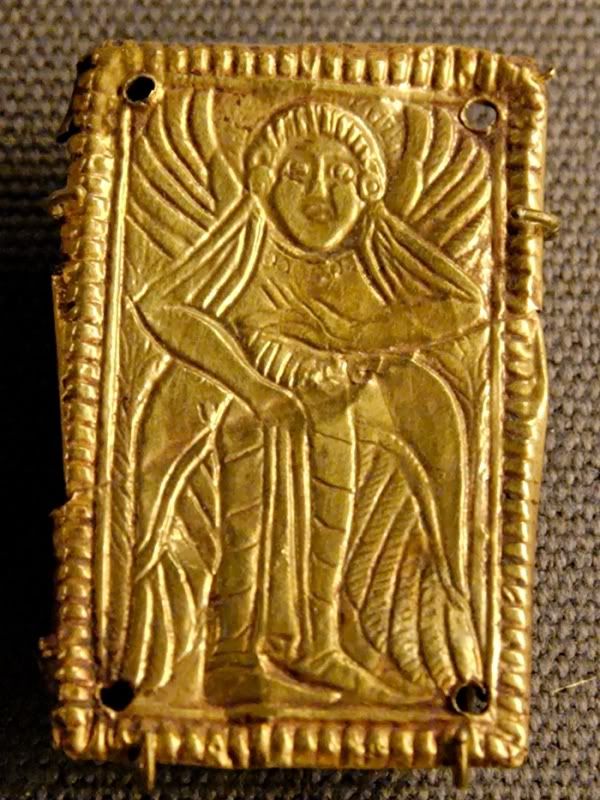
Etruscan. Gold Winged female figure Louvre. 6th century BCE. Unknown origin. Photo by Jastrow, own work, 2008.
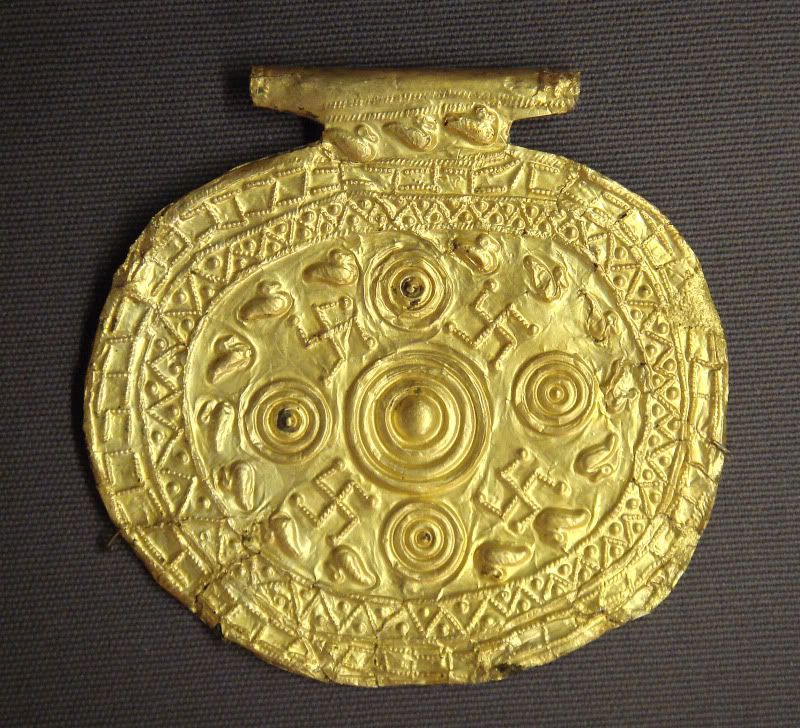
Etruscan pendant with swastika symbols. Bolsena Italy, 700 BCE to 650 BCE. Photo by World Imaging, 2007.
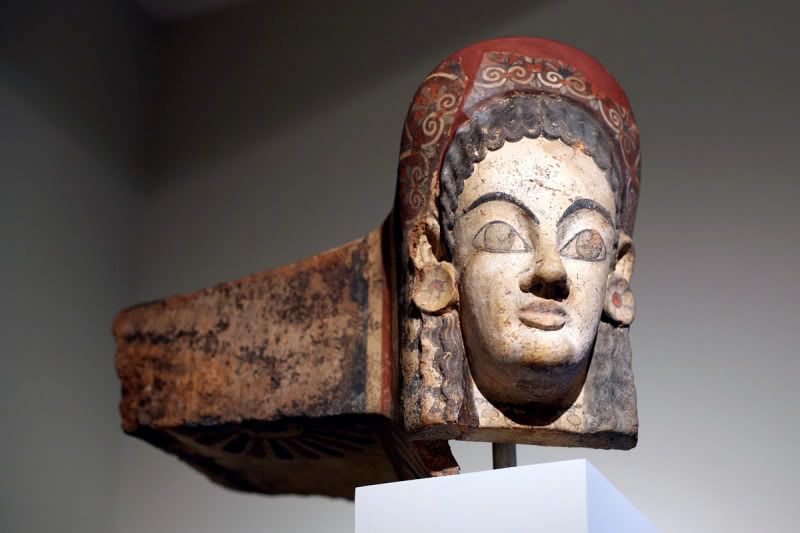
Etruscan head. Exhibited: Metropolitan Museum of Art, NYC. Photo by Katie Chao, 2009.
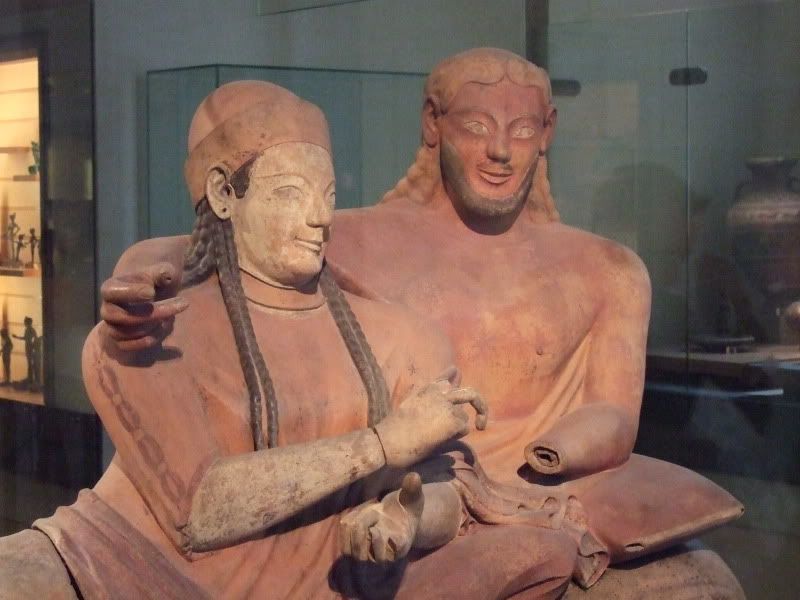
Etruscan 520-510 BCE. Production in Cerveteri - Cerveteri - nekropolis Banditaccia – Terracotta. Photo by Ecelan, 2011.
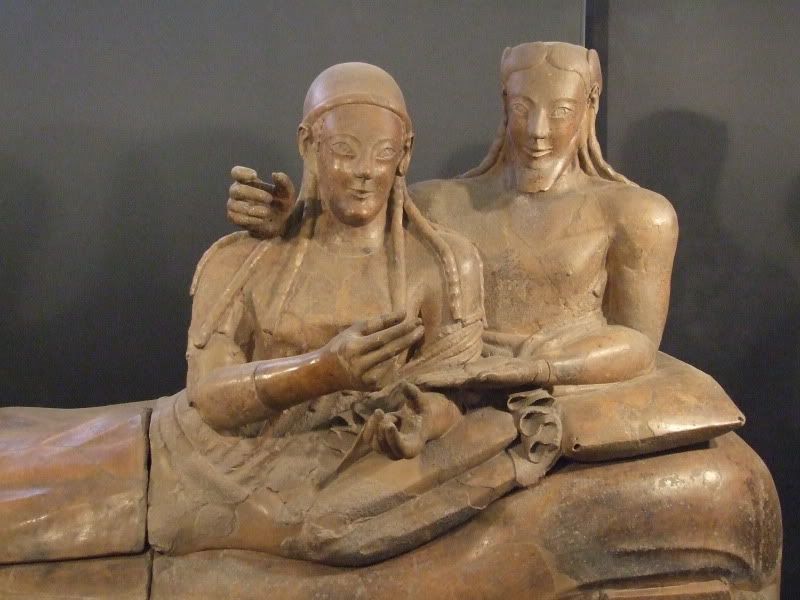
Etruscan sarcophagus Etruscan sarcophagus from Cerveteri c. 520 BCE. Terra cotta, length 2 m. Museo Nazionale di Villa Giulia, Rome. Photo by fraxe, 2009.
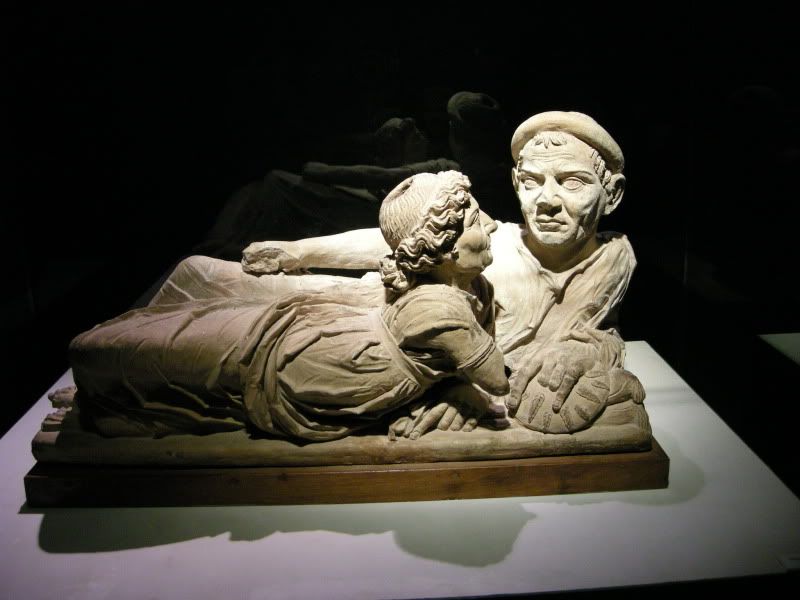
Etruscan. Museo guarnacci, Urna degli sposi, I sec. CE. Photo by Sailko, 2008.
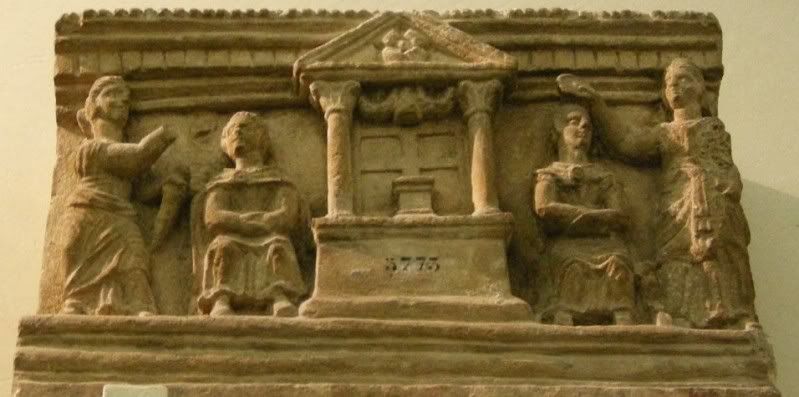
Etruscan Urnetta cineraria da volterra, ca. 2nd Century CE. Photo by Sailko, 2008.
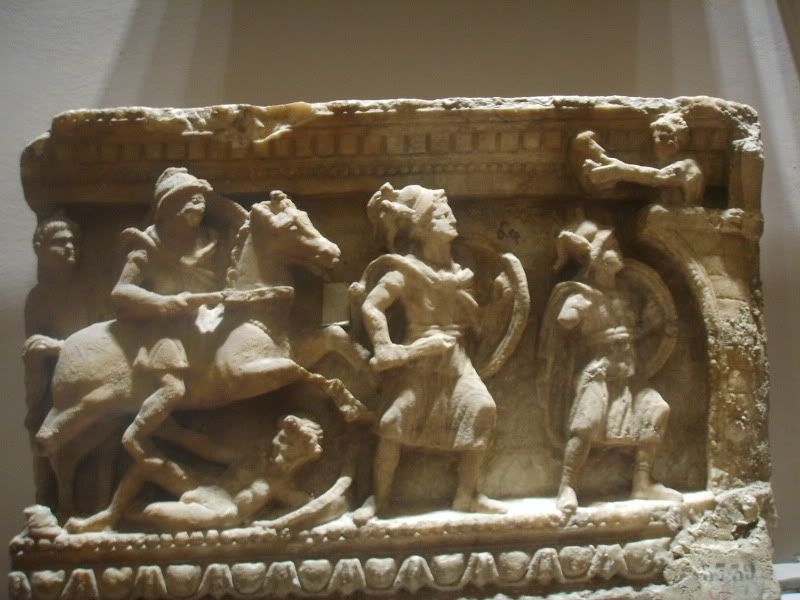
Etruscan. Museo Archeologico di Firenze, urna cineraria istoriata. Photo by Sailko, 2006.
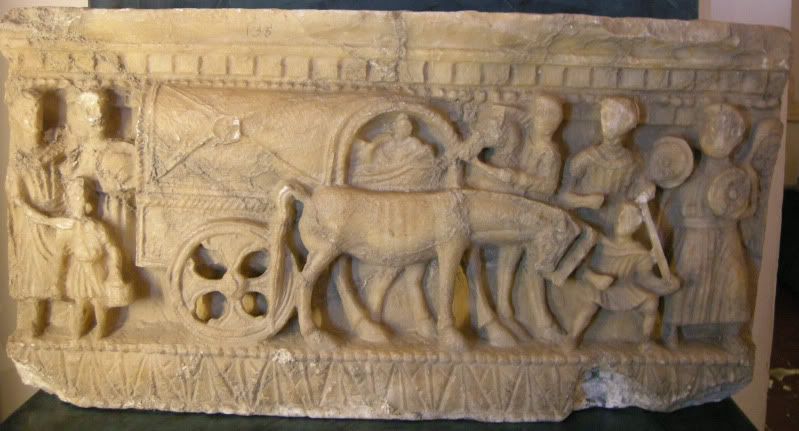
Etruscans. Museo guarnacci, Urnetta, terza serie 30. Photo by Sailko, 2008.
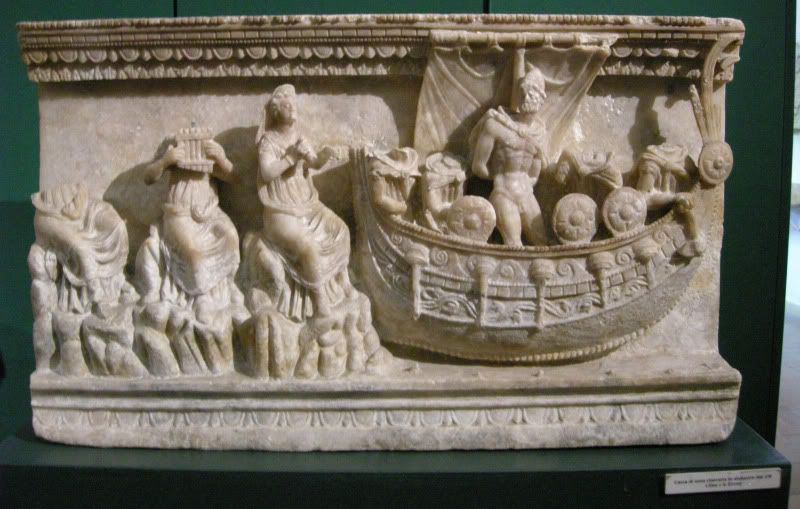
Etruscan. Museo guarnacci, urnetta, terza serie 09. Photo by Sailko, 2008.
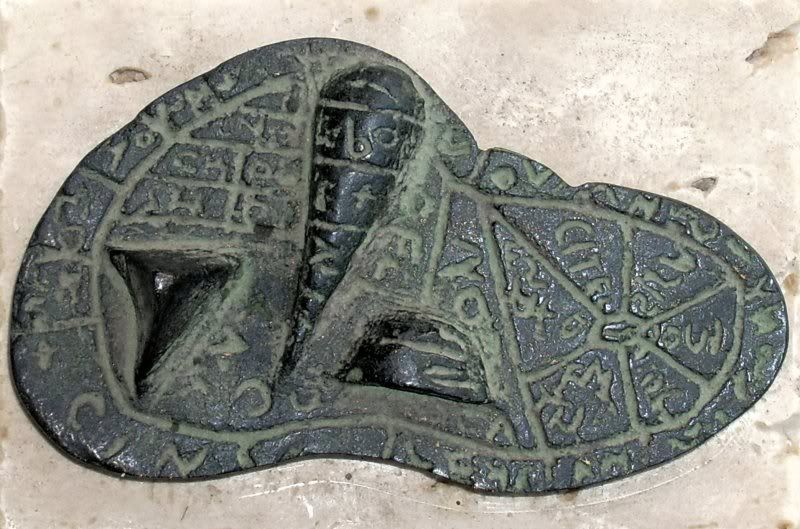
Etruscan inscription. Piacenza Bronze. Liver of Piacenza, Mantik. Photo by Lokilech. 2007.
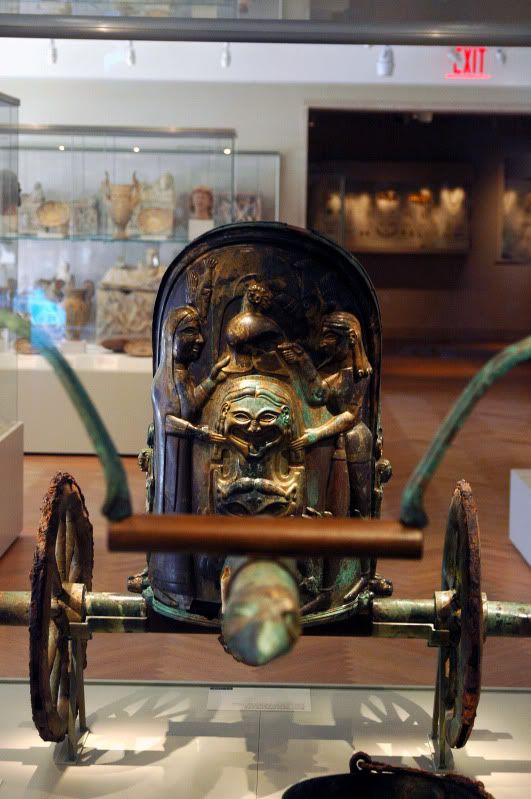
Etruscan. WLA metmuseum Bronze chariot inlaid with ivory MET museum. NYC. Photo by Futons on the rock, 2009.
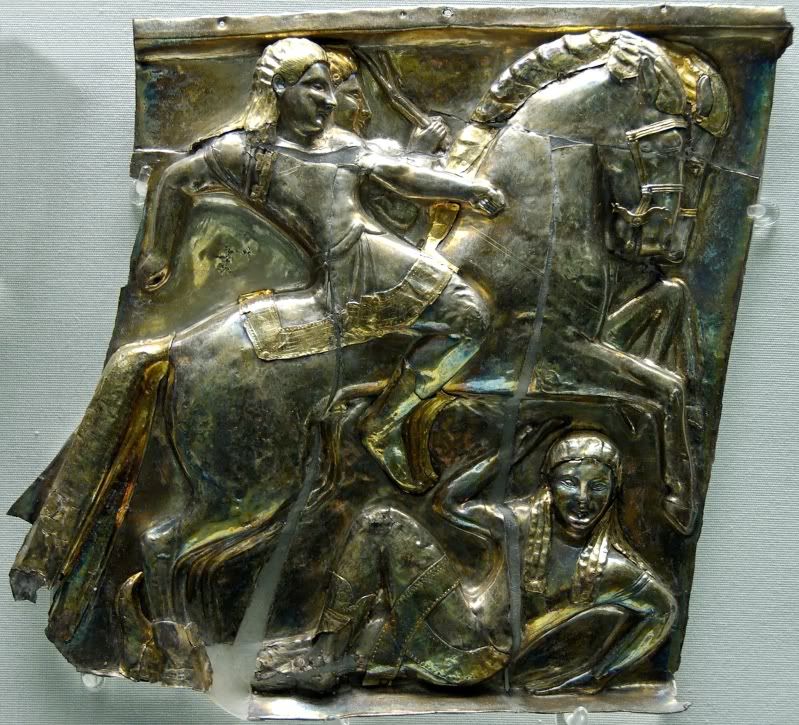
Etruscan artwork, 540–520 BC. Found in 1812 in a tomb at Castel San Marino, near Perugia. Photo by Jastrow, 2006.
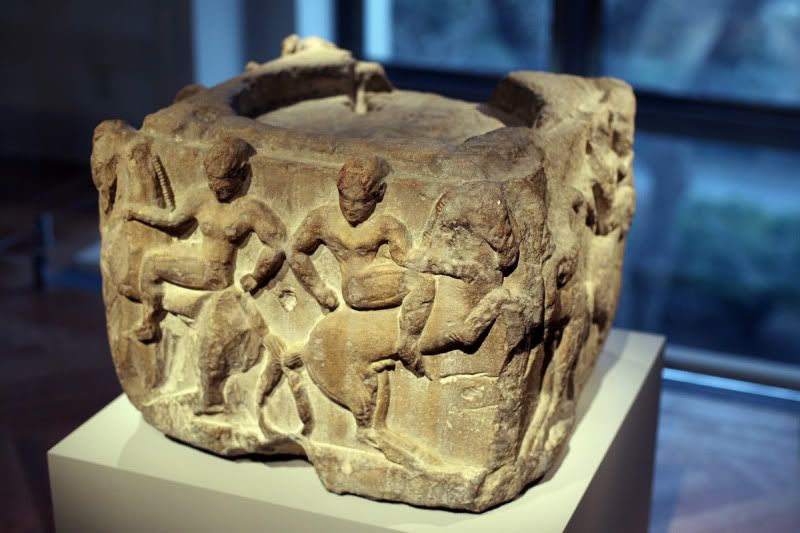
Etruscan relief. Metropolitan Museum of Art. Photo by Katie Chao, 2009.
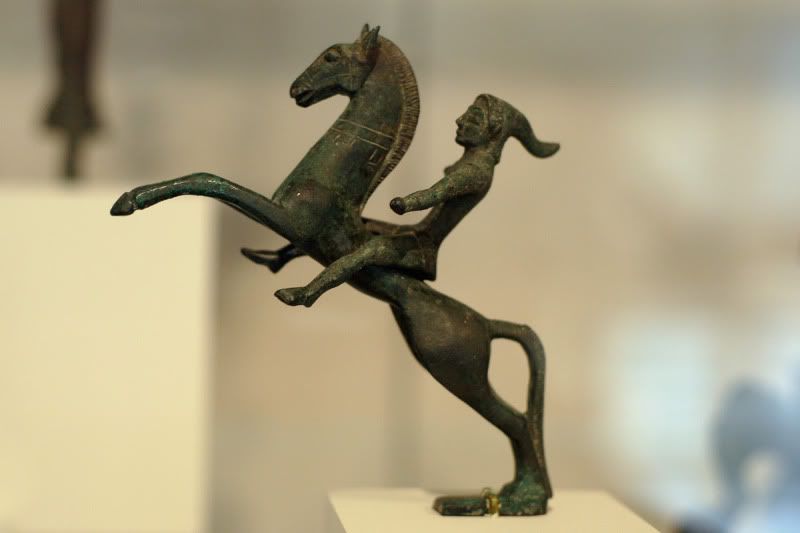
Etruscan bronze. MET Museum of Art, NYC. Photo by katie chao and ben muessig, 2009.
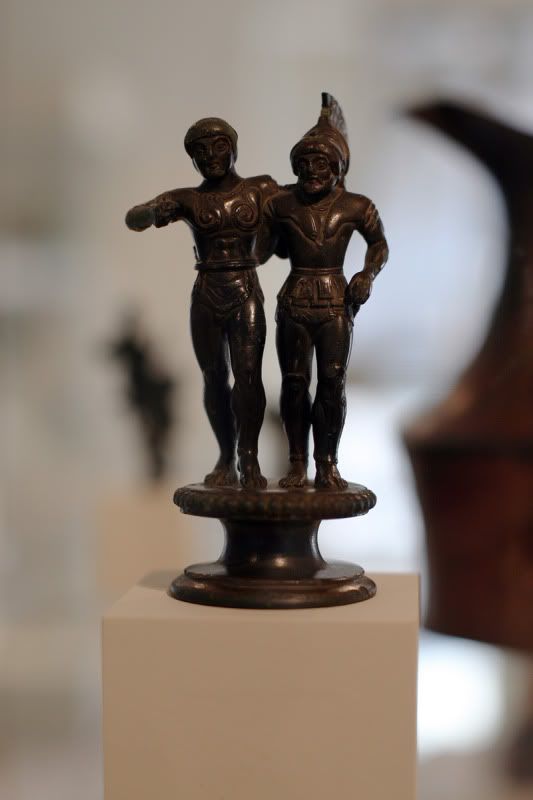
Etruscan bronze. Met museum of Art NYC. Photo by katie chao and ben muessig, 2009.
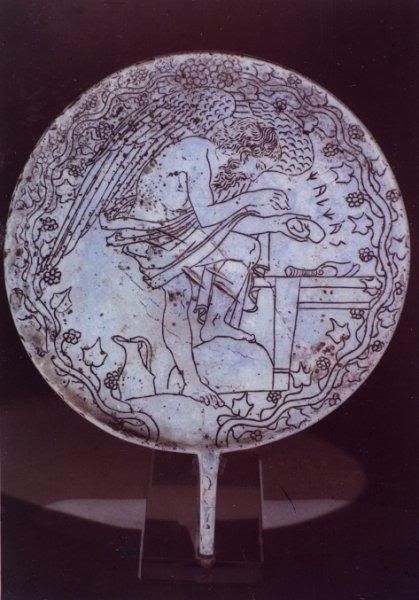
Miroirdecalchas Etruscian Mirror. A representation of Kalkas as Harbinger. 5th. century BCE.
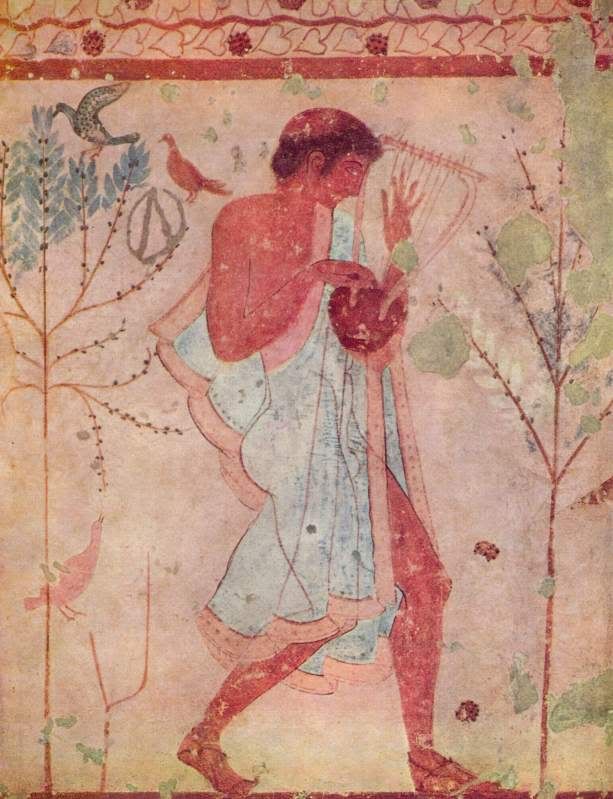
An Etruscian master painted this about 480 BCE.
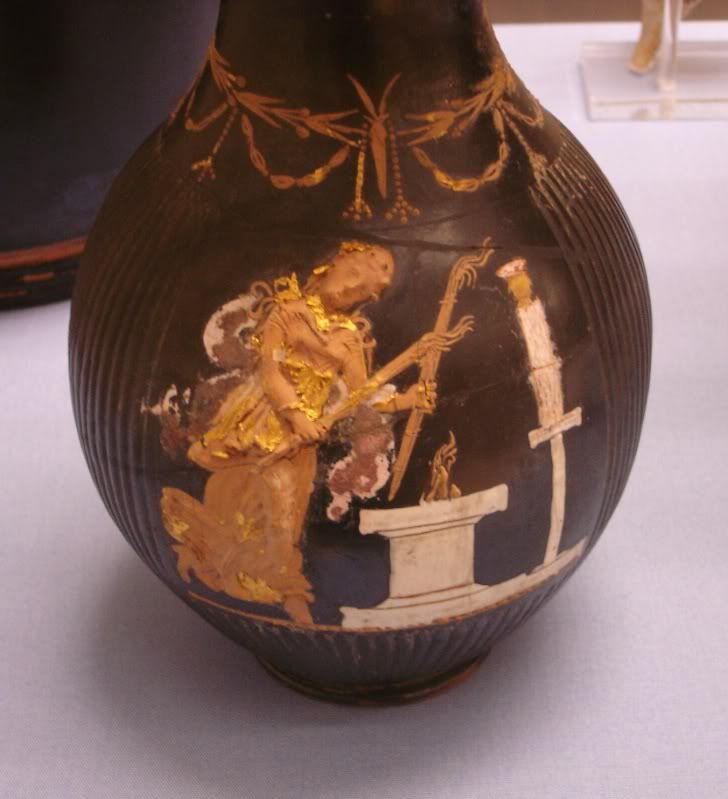
Hekate capula italy. Etruscan. Hecate holding two torches and dancing in front of an altar, beyond which is a cult statue. 350- 300 BCE.
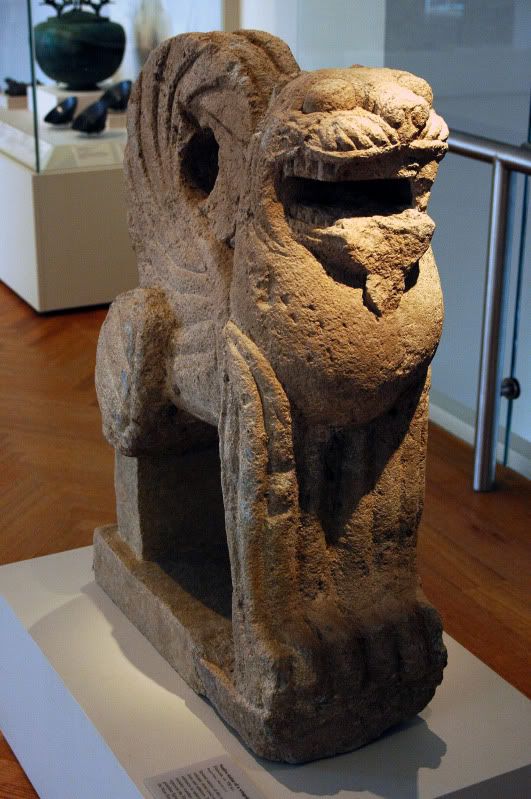
Etruscan sphinx. Metropolitan Museum of Art. Mary & Jon, 2009.
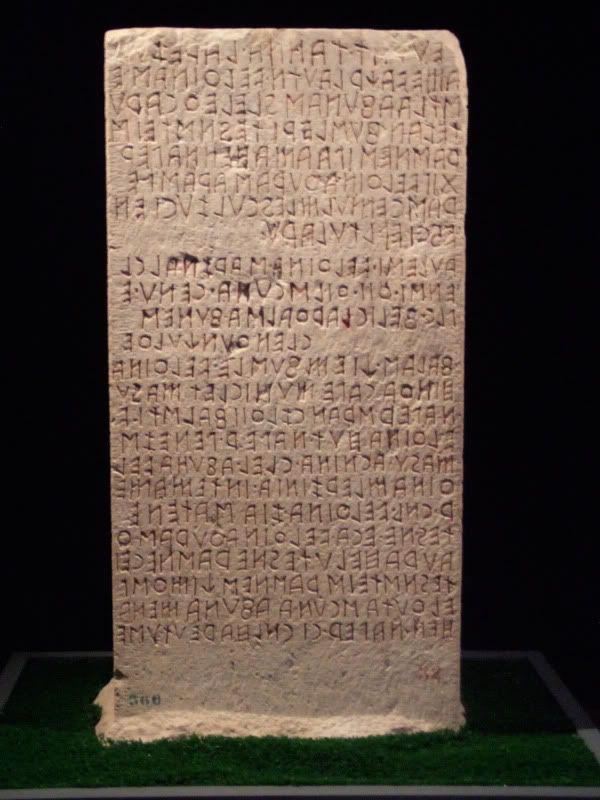
Etruscan. Cippo Perugino. Etruskiske cippus at the National archaeological Museum in Perugia, Italia. 3rd - nd2 centtury BCE. Photo by Louis-garden, 2009.
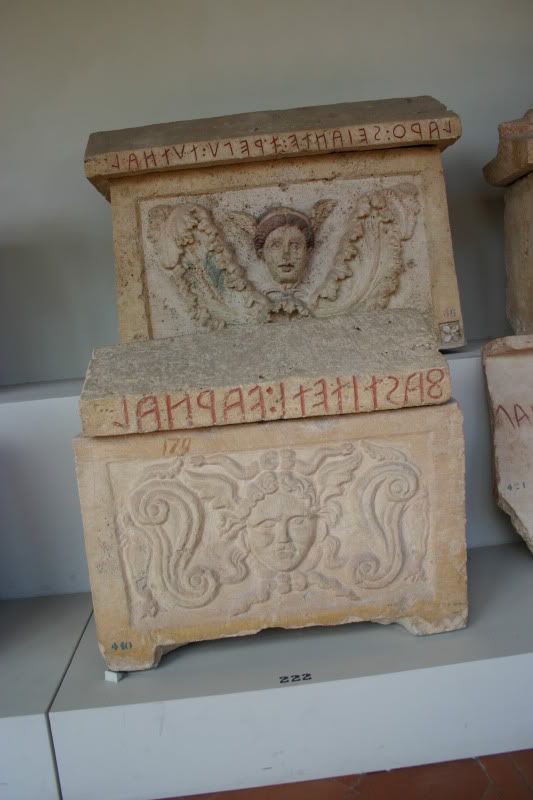
Etruscan. Perugia, Museo archeologico. Urna etrusca. Photo G. Dall'Orto, 2006.
Where is the mirror? At what museum? thank you
ReplyDeleteDa Ancient time refer to any period of time that predates written history, typically characterized by societies that did not have access to modern technologies. Ancient times are often associated with the rise and fall of civilizations, primitive practices and beliefs, and the development of complex societies.
ReplyDelete